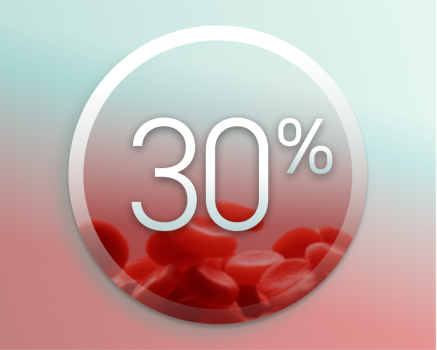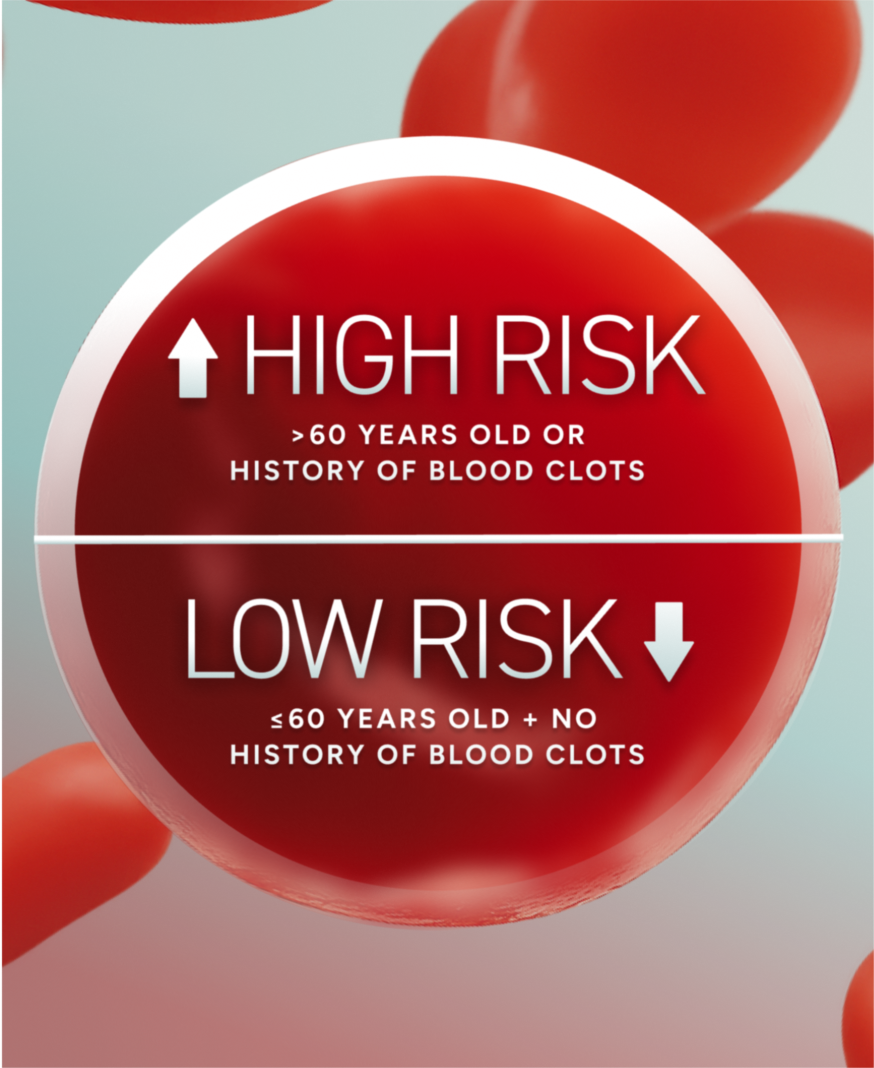
The truth about PV
Cause
What causes PV?
PV is caused by a mutation or change in a person’s DNA or genes. Most often this is due to a mutation in the JAK2 gene.
Symptoms
Recognize and track the symptoms of PV
PV can cause symptoms that may be mistaken for aging. It’s important to know the difference. Symptoms include:
Symptoms of iron deficiency
- Tiredness (fatigue)
- Problems with concentration (brain fog)
- Physical inactivity
- Weakness and dizziness
Symptoms due to splenomegaly
caused by processing excess red blood cells
- Early feeling of fullness (satiety)
- Abdominal pain or discomfort
- Cough
Constitutional symptoms
- Night sweats
- Itching (pruritus) especially after taking a shower
- Bone pain
- Fever
- Unintentional weight loss (more than 10 pounds, within the last 6 months)
A subset of people are asymptomatic or minimally symptomatic.
Consider writing down symptoms or using a tracking tool so you don’t forget anything.
Diagnosis
The path to diagnosis
When this happens, there may be a referral to a specialist who will conduct at least one of the following tests:
A genetic test
PV is caused by a mutation or change in a person’s DNA or genes. Most typically this is due to a mutation in the JAK2 gene.
There is a genetic test for the JAK2 gene to confirm the diagnosis of PV. JAK2 mutations appear in 98% to 99% of people with PV. This gene is responsible for cell growth and controlling the number of cells that are made in the bone marrow.
A bone marrow biopsy
is another way to confirm a PV diagnosis.
It’s a test where a healthcare provider takes a small sample of the soft tissue inside your bones (called bone marrow) to check how your body is making blood cells. This helps doctors understand if there are any signs of PV.

A smaller group of people (~30%) experience a blood clot, stroke, or heart attack, which can lead to diagnosis.
Types of PV

PV risk types
After you have been diagnosed, your doctor will place you into one of two risk categories that will help determine your treatment.
- Low risk is 60 years old or younger and have not had a blood clot
- High risk is over 60 years old or with a history of blood clots
Most people with PV fall into the high-risk category, which means they are at greater risk for serious complications of PV. However, even people with low-risk PV experience PV symptom burdens—approximately 95% of people with low-risk PV report at least 1 symptom.
